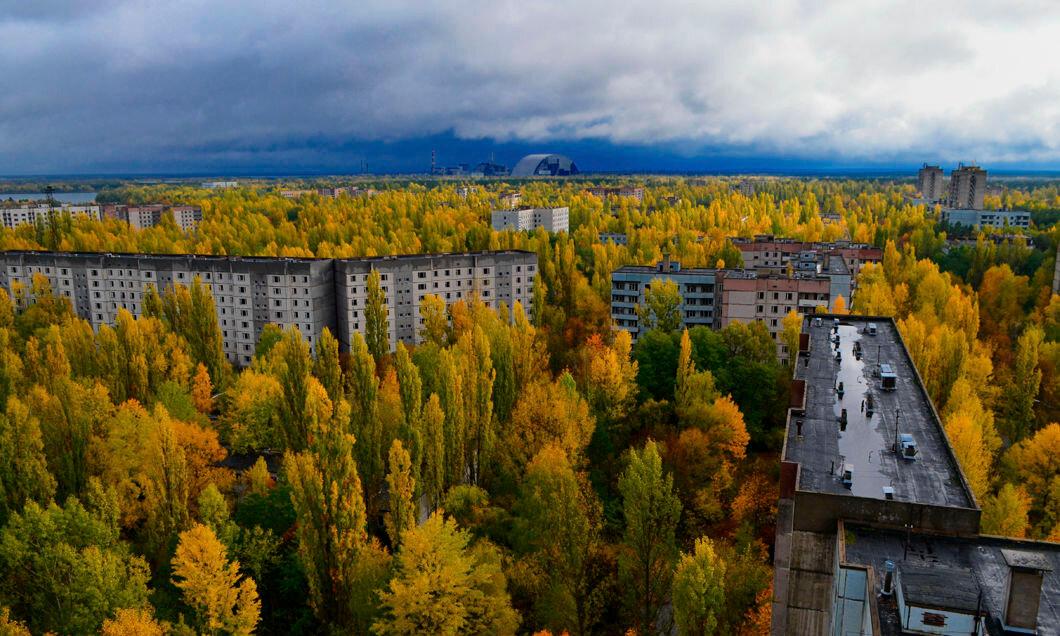The reactor explosion at the Chernobyl nuclear power plant is undoubtedly one of the most famous man-made disasters on Earth. Many people died, and the outlook for nuclear power changed dramatically. But this event affected nature in a completely different way, and today we will figure out exactly how it affects nature.

Do you like a city where no one is there?
As I gathered material for this article, I read about spiders the size of human heads, giant man-eating catfish, and aggressive mutants from the Red Forest. Well, these legends have a real basis: the mutants in the forbidden zone are just a bunch of people.
Typical Chernobyl mutant.
But these aren't freaks from books and computer games. Anyone familiar with biology knows that any major mutation will only reduce the chances of survival. Changes in the organism occur at the cellular level: the animals learn to resist radiation better and can withstand more lethal radiation.
Insects become the most difficult to deal with, but they also develop radiation protection earlier than anyone else.
Yes, giant catfish do exist: 2 meters long fish catch the Chernobyl Reservoir and the Pripyat River. Radionuclides have nothing to do with it, it's just that almost no one has fished for 35 years, and the baby catfish finally have a chance to grow up well.
The feeding of curious tourists further stimulates their growth.
Not only catfish realize that no one is cool. The number of wild boars and elk tripled, and the number of wolves doubled. Brown bears and lynx have fled from the neighboring area, and the area's lynx haven't been seen since the end of the 18th century! Red book animals have also found shelter here: black storks, nightingales, hazel sleepers, European shirokushka and many other animals.
Hazelnut sleeping rats are found throughout Europe, but only here are their numbers truly enormous.
Local species diversity has not only actually recovered, but has even increased. The local team has been supplemented with Far Eastern Raccoons, Platts Asian horses, and recently the Belarusian bison have joined them!
The earliest bison trails were discovered in 2012, but only 3 years later.
However, even 35 years later, the human impact can still be felt in this corner. Some areas remained too dangerous, and the remains of the settlements were occupied by wild dogs, who were killed by the African plague that had escaped from the farms to them. The territory will never be affected by humans, but the authorities have the ability to make it one of the most beautiful nature reserves in Europe.